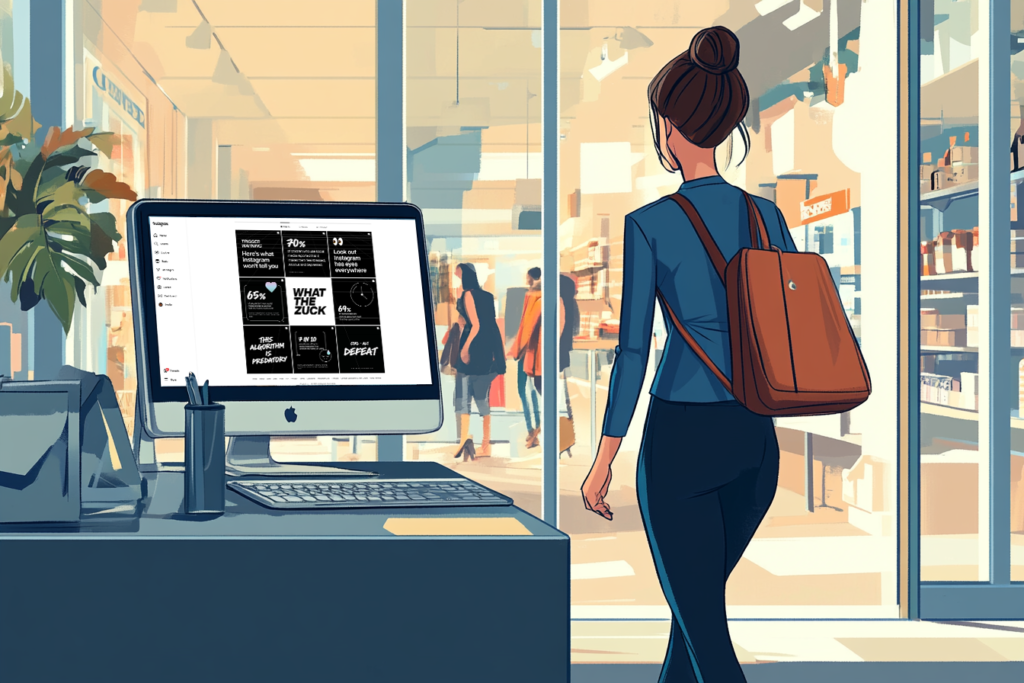
When I was writing about Lush the other day in my post about Experience Design innovation, I was reminded how the brand did something in 2022 that most wouldn’t dare:
They quit Instagram.
Completely.
We’re talking about abandoning over 5 million followers.
Willingly giving up $12.7 million in potential revenue.
Walking away from what most companies consider essential marketing real estate.
Going on three years later, their stance looks almost prescient.
While other brands spent 2023-24 chasing ever-changing algorithms and paying more for less reach, Lush doubled down on what they could control: their stores, their product experience, and their direct customer relationships.
If you check out Lush Cosmetics’ current Instagram page, you’ll agree the messaging is *kinda* unusual.
But here is why I find this worth revisiting: It was a bigger move than taking a moral stand against Meta’s algorithms and ethics (though that played a part). Or the negative effect of the platform on their customers’ self-esteem.
They were ALSO willing to acknowledge a brutal math problem:
- Only 3% of UK followers saw their posts
- North American reach was just 6%
- Paid promotion costs kept rising
- Content creation costs stayed high
WHY would you spend resources creating content that 94-97% of your followers never see?
This is a great example of what happens when you stop chasing vanity metrics and face reality.
Five million followers sounds phenomenal until you realize only 150,000 are actually seeing your content.
Lush chose to invest those resources in channels they could actually control.
Their own stores, website, and the customer’s experience.
Action for today: Look at your marketing channels honestly, stripping away vanity metrics that make you feel good but don’t take you toward important results. How many of your “followers” actually see your content on a regular basis? Are you maintaining a presence somewhere (and putting in all the reps) just because everyone else is doing it?
Laurier
Product Payoff: The pioneers of Ben & Jerry’s built a phenomenal brand without social media — they created “scoop shops” where folks could sample flavors and connect directly. By the time B&J finally joined Instagram in 2012, they already had millions of loyal customers. And today, their most effective marketing still happens at store level.
